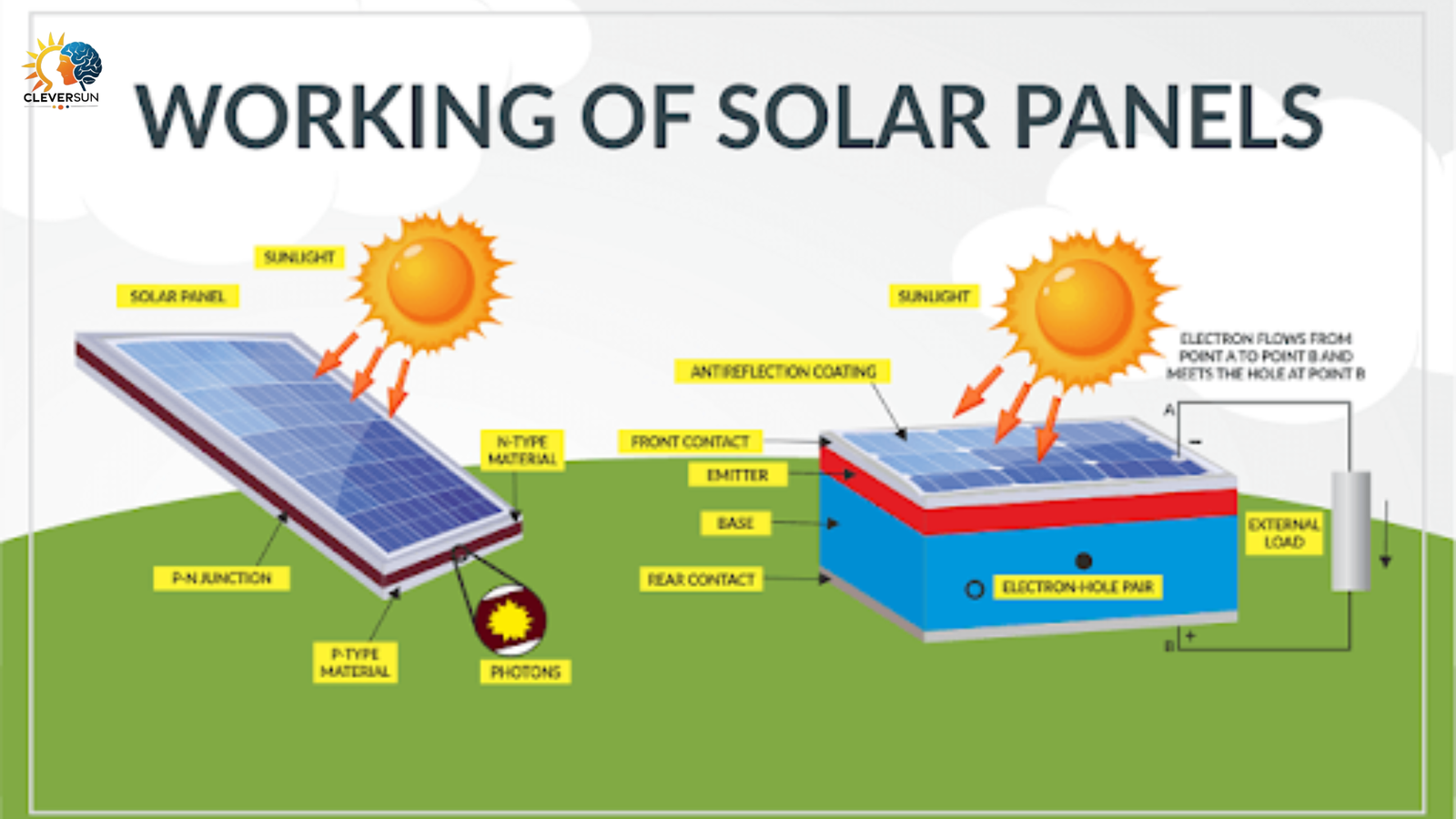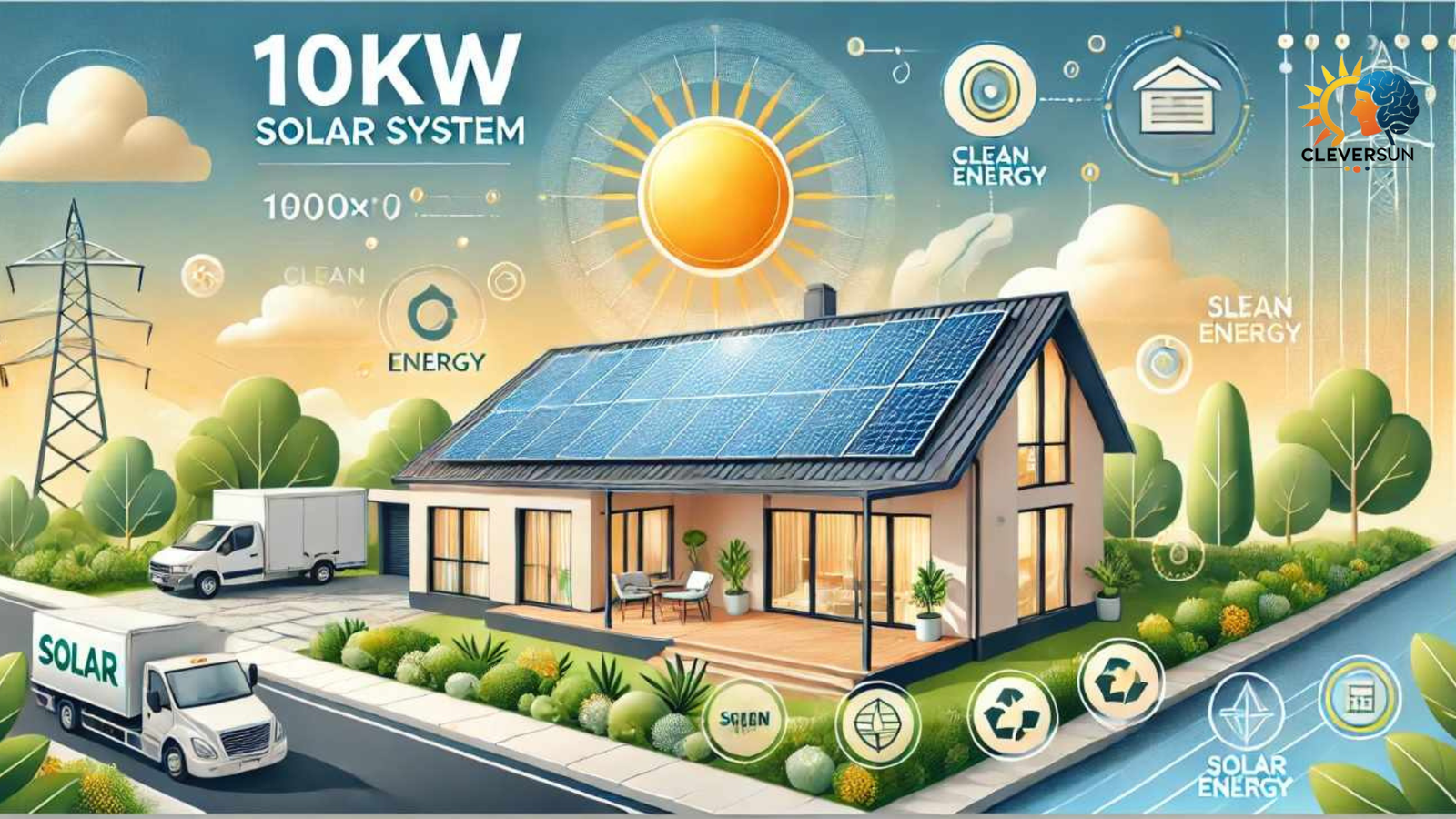Sunlight to Savings as Solar technology
Introduction
Solar technology is transforming how people power their homes. It uses energy from the sun to create electricity, helping homeowners reduce their energy bills and their carbon footprint. As more people look for clean and affordable energy solutions, solar power is becoming a popular choice.
Homeowners around the world are turning to solar not just for its environmental benefits, but also for the financial advantages it offers. From lowering monthly utility bills to increasing home value, solar energy is making a big difference in people’s lives. In this article, we’ll explore how solar technology works, why it’s gaining popularity, and how it can help you save money.
What Is Solar Technology?
Solar technology refers to the tools and systems that convert sunlight into usable energy. The most common type of solar tech for homes is the solar panel system, which collects sunlight and turns it into electricity.
How Do Solar Panels Work?

Solar panels are made up of solar cells that capture sunlight. When the sun’s rays hit these cells, they create an electric current. This current is known as direct current (DC). An inverter changes this into alternating current (AC), which is the type of electricity your home appliances use.
Key Components of a Home Solar System
-
Solar Panels: Installed on your roof or ground, they collect sunlight.
-
Inverter: Converts DC to AC electricity.
-
Battery (Optional): Stores extra energy for use at night or during cloudy days.
-
Meter: Tracks how much electricity you use and how much you send back to the grid.
This setup allows your home to run on clean solar energy while still being connected to the regular electric grid if needed.
Why Are Homeowners Choosing Solar?
Solar energy is growing in popularity for many good reasons. It’s not just a trend—it’s a smart decision for those who want to take control of their energy use and save money.
Save Money on Electricity Bills
One of the biggest reasons people go solar is to cut down on their monthly electricity bills. Once your solar system is installed, sunlight is free. That means you can generate your own electricity without relying as much on the power company.
Many homeowners report saving 50% or more on their monthly energy bills. In sunny areas, some people even reduce their bill to almost zero.
Take Advantage of Incentives and Rebates
Many governments offer tax credits, rebates, or other incentives to encourage homeowners to install solar panels. These incentives can lower the upfront cost of installation by thousands of dollars.
For example, in the United States, there’s a federal tax credit that lets homeowners deduct a percentage of the system cost from their taxes.
Energy Independence
With solar, you’re less affected by rising electricity prices or power outages. Adding a solar battery lets you store extra energy, giving your home backup power during blackouts. This independence gives many homeowners peace of mind.
Protect the Environment
Using solar power helps reduce air pollution and carbon emissions. Traditional energy sources like coal and natural gas release harmful gases into the air. Solar energy is clean, renewable, and doesn’t pollute.
By switching to solar, you’re helping fight climate change and protect the planet for future generations.
How Solar Panels Are Installed
Installing solar panels is a simple process when done by professionals. Most homeowners don’t need to do much once they decide to go solar.
Step-by-Step Installation Process
-
Site Assessment: A solar company checks your roof, location, and energy use to design the best system for your home.
-
Design Approval: You review and approve the solar system design.
-
Permits and Paperwork: The installer handles permits and paperwork with local authorities.
-
Installation: Panels and other equipment are installed. This usually takes 1–3 days.
-
Inspection and Activation: After inspection, your system is connected to the grid and turned on.
How Long Does It Take?
From the first consultation to activation, the whole process usually takes 4 to 8 weeks, depending on permit approvals and weather conditions.
Cost and Savings Explained

Many people ask if solar is worth the cost. The answer depends on your location, energy use, and available incentives. But in many cases, solar pays for itself over time—and then keeps saving you money.
How Much Does It Cost to Install Solar?
The cost of a home solar system can range from $10,000 to $25,000 before incentives. The final price depends on:
-
Size of your system
-
Type of panels
-
Whether you include battery storage
How Long Before You Break Even?
This is called the payback period. It’s the time it takes for your energy savings to equal the cost of the system. On average, the payback period is 6 to 10 years. After that, the energy your system produces is essentially free.
Monthly Savings
Let’s say you pay $150 per month for electricity. After installing solar, your bill drops to $30. That’s a savings of $120 each month—or $1,440 per year. Over 25 years, that’s $36,000 in savings.
Home Value Increase
Solar panels can also increase the value of your home. A study by Zillow found that homes with solar sell for 4.1% more than similar homes without solar.
New Solar Tech Trends
Solar technology keeps improving. New advancements are making systems more efficient, stylish, and easier to use.
Smart Solar Systems
Modern systems can now connect to apps, letting you track your energy use in real-time. You can see how much power your panels produce and how much you save every day.
Solar Batteries
Adding a solar battery lets you store extra energy. This helps during power outages or at night when the sun isn’t shining. Popular brands like Tesla Powerwall are becoming more common in homes.
Solar Shingles
Solar shingles are roof tiles that work like solar panels. They blend into the roof and are more stylish than traditional panels. While still more expensive, they’re a great option for new homes or roof replacements.
The Future of Solar at Home
The future of solar energy looks bright. Prices are falling, and technology is improving. More people are realizing the benefits of switching to clean energy at home.
As solar becomes more common, we may see solar systems as a standard feature in new homes. Utility companies are also working with homeowners to create smarter energy grids.
In the next 10 to 20 years, we can expect solar to become a regular part of life, just like electricity or internet service.
Conclusion
Solar technology is changing the way we live. It gives homeowners the power to save money, reduce their impact on the environment, and take control of their energy future.
With better technology, strong government support, and growing awareness, more people are choosing to go solar. Whether you’re looking to cut your energy bills or do your part for the planet, solar energy is a smart and powerful choice.

